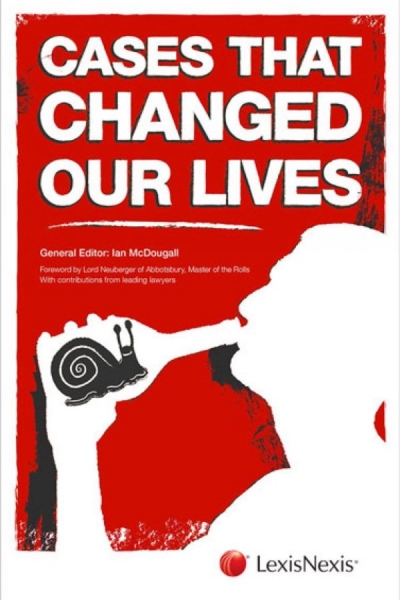Description
This is a wide ranging study of collective redress. The procedural rules applicable to collective redress ought to filter out cases which do not fulfil certain criteria determined in accordance with the assumed or explicit aims of the mechanisms. Those rules may be regarded as ‘safeguards’ against abusive litigation or barriers to access to justice. Typical examples include rules restricting rights qualifying for collective redress, admissibility controls, restrictions on legal standing and representation, and controls on funding and costs.
Whether such rules act as justifiable ‘safeguards’ or ‘barriers’ depends on the conceptual model and policy aims adopted in each jurisdiction. Thus, this work has two aims. Firstly, it examines different conceptual models of collective redress. Secondly it undertakes a detailed comparative review of examples of those models to ascertain which types of safeguards or barriers are incorporated in order to maximise the effectiveness and policy aims. Jurisdictions studied stretch from Latin America, the USA and Europe, to Asia and Africa. Besides examining generic collective redress mechanisms, the study takes into account ‘regulatory’ enforcement models such as sector-specific collective procedures in consumer protection, financial services and securities law, environmental protection, employment law and fundamental rights.





